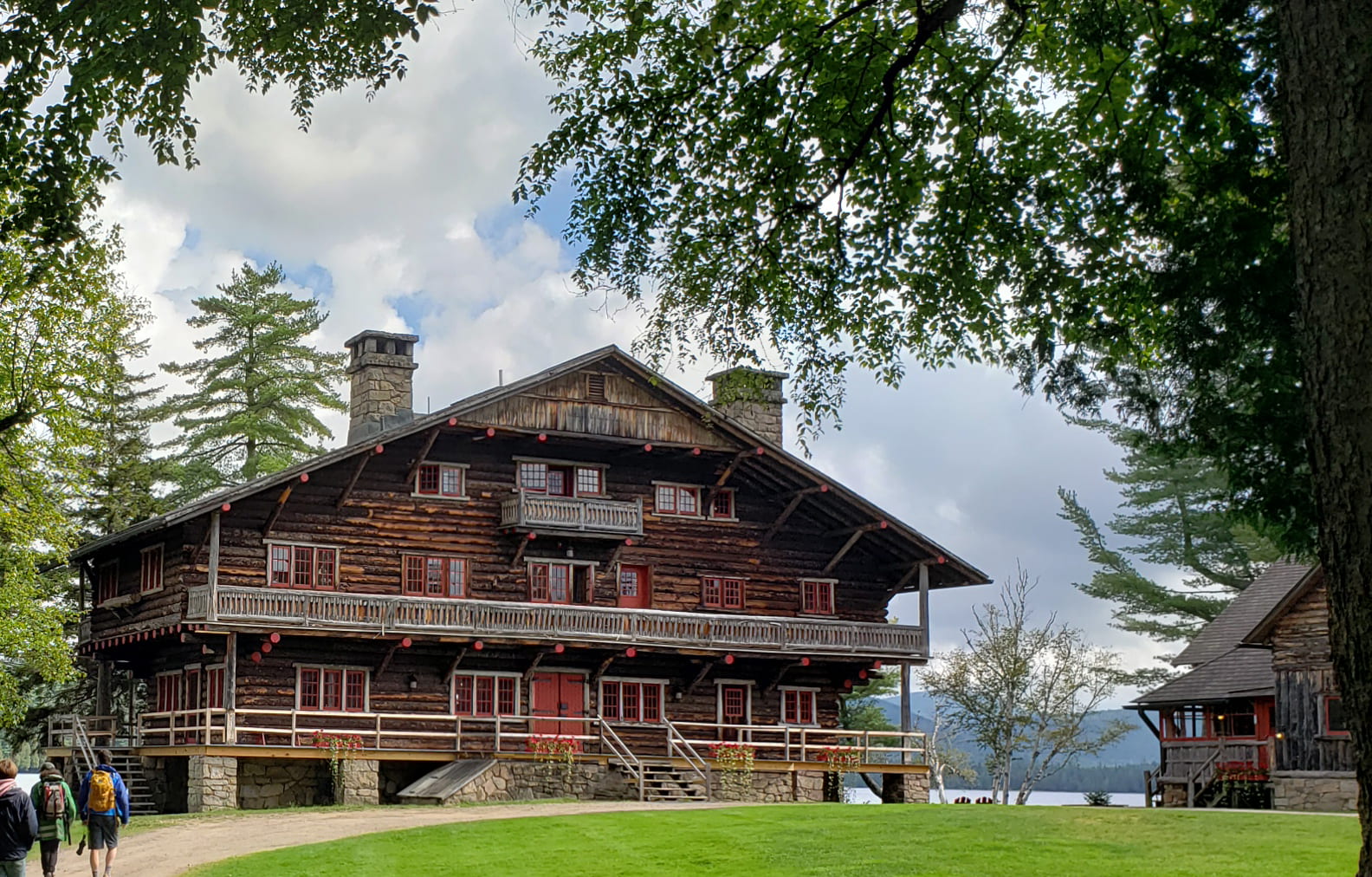The Kelly Adirondack Center and UCALL present
Steven Engelhart
Executive Director of Adirondack Architectural Heritage

October 22, 2019
5:30 p.m. lecture, refreshments from 5:00
Reamer Auditorium
This event is free and open to the public.
New York State’s Adirondack Park, a six-million-acre mixture of public and private lands, is the largest park east of the Mississippi River. Sixty percent of the region’s lands are constitutionally protected as “forever wild” and these lands include vast forests, hundreds of mountains, thousands of lakes and ponds, and miles of wild and scenic rivers. During the late 19th century, the region became a mecca for sportsmen and other people seeking recreation and revitalization in the wild places of the region. In response to this, native builders and professional architects developed a rustic style of architecture that is best represented by a series of building complexes known as Great Camps. These buildings were often built for wealthy urban clients and were constructed with a variety of natural materials so that they were harmonious with the rugged Adirondack landscape. A number of these camps, including Sagamore, Santanoni, Pine Knot, and Eagle Island are National Historic Landmarks. This rustic style eventually influenced the design of western lodges and hotels built for the National Park Service.
